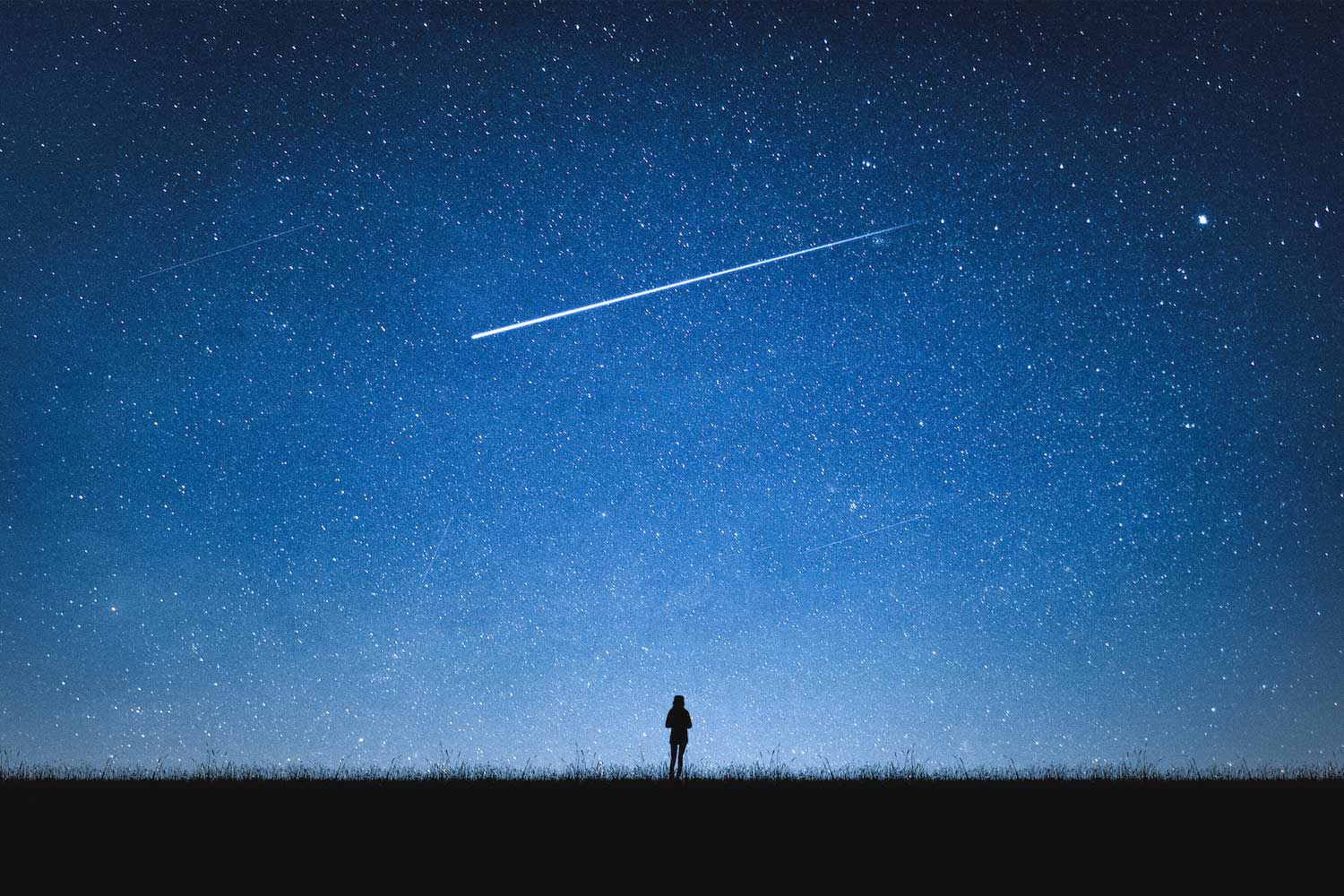Spend spring nights gazing up at the stars

For many of us, the warmer spring weather means spending more time outdoors, and you can capitalize on it by making some time for stargazing and sky-watching in May.
Start off the month on a positive note by casting your eyes upward to make a wish on a shooting star. Your best bet for catching a glimpse of a meteor will be the night of May 5 into 6 because that is when the eta Aquariids meteor shower will be at its peak. The meteor shower began April 19 and lasts until May 28, but meteor activity is usually highest in the week centered around the peak date, the American Meteor Society reports.
The best time to view meteors from the eta Aquariids shower is in the hours just before dawn. This year, the moon will be 64% full during the peak, but it will set before the predawn hours, minimizing its effect, the meteor society reports. After the eta Aquariids is over, meteor shower activity won't pick up again until July, when three showers will be active: the southern delta Aquariids, the alpha Capricornids and the much-anticipated Perseids.
To end the month, on May 31, one of our next-door neighbors in the solar system — Venus — will be at its western elongation, which is one of the best times to view it. At its greatest western elongation, Venus is at its farthest point from the sun, according to EarthSky. The best time to view Venus at this time of year is in the predawn hours, when it will be shining brightly in the eastern sky.
Venus is the closest planet to Earth, but it's still about 24 million miles away. It's similar in size to Earth, and it's the hottest planet in the solar system, according to NASA. Only the moon and sun shine brighter than Venus in our solar system.
The full moon for May, known as the flower moon, will be on May 12. It will reach its fullest point at 11:56 p.m. and will appear full in the night sky that evening.
You can probably guess how the May full moon earned the flower moon moniker. While some early wildflowers bloom in April and even earlier, May seems to be the time when we start seeing flowers with regularity. Other seasonally inspired nicknames for the May full moon include the leaf budding moon, the planting moon, the frog moon and the egg-laying moon.
The May full moon is the last of three consecutive micromoons, EarthSky reports. Micromoons are full moons that occur when the moon is at its farthest point from Earth, called the apogee. Don't worry if the May full moon looks just like a regular one to you, though. Micromoons do appear smaller, but it's not a noticeable difference to a casual observer. On average, a micromoon looks 7% smaller than an average full moon, according to EarthSky.
